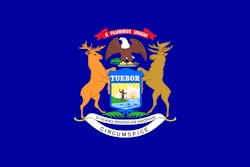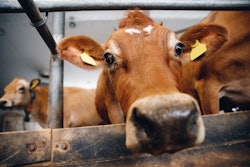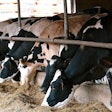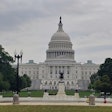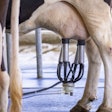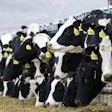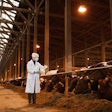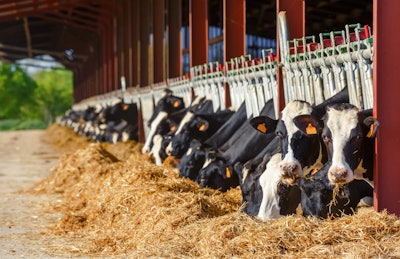
The U.S. Department of Agriculture’s (USDA) National Veterinary Services Laboratory (NVSL) has confirmed a detection of H5N1 avian influenza in dairy cows in Northeast Colorado. This is the first detection of avian influenza diagnosed in cattle in Colorado. Detections of H5N1 in dairy cattle have occurred in eight other states.
On April 22, the Colorado State Veterinarian’s office received a notification of a dairy herd demonstrating clinical signs consistent with H5N1 in cattle. Samples submitted to the Colorado State University Veterinary Diagnostic Laboratory tested presumptive positive for H5N1 on April 24, and were confirmed by the NVSL on April 25.
“We continue to see this ongoing HPAI outbreak evolve and over the last month have seen transmission of the virus now move into dairy cattle. While we don’t yet completely understand the mechanism of transmission of this virus, we do know that it appears to be spreading from cow to cow and between herds,” said Colorado State Veterinarian Dr. Maggie Baldwin. “It is critically important that producers implement enhanced biosecurity measures to mitigate the spread of highly pathogenic avian influenza.”
Dairy cattle affected by avian influenza are reported to have decreased feed intake, decreased milk production, and abnormal colostrum-like milk. Affected cattle appear to recover after supportive care.
The Colorado Department of Agriculture is working with the Colorado Department of Public Health and Environment to provide disease control guidance for people exposed in the outbreak. Colorado has 106 dairies and approximately 200,000 dairy cows.


